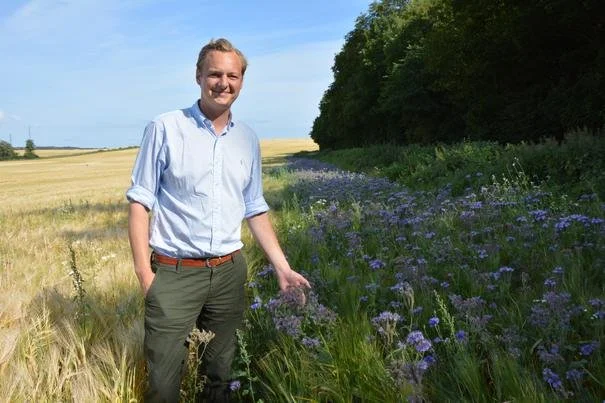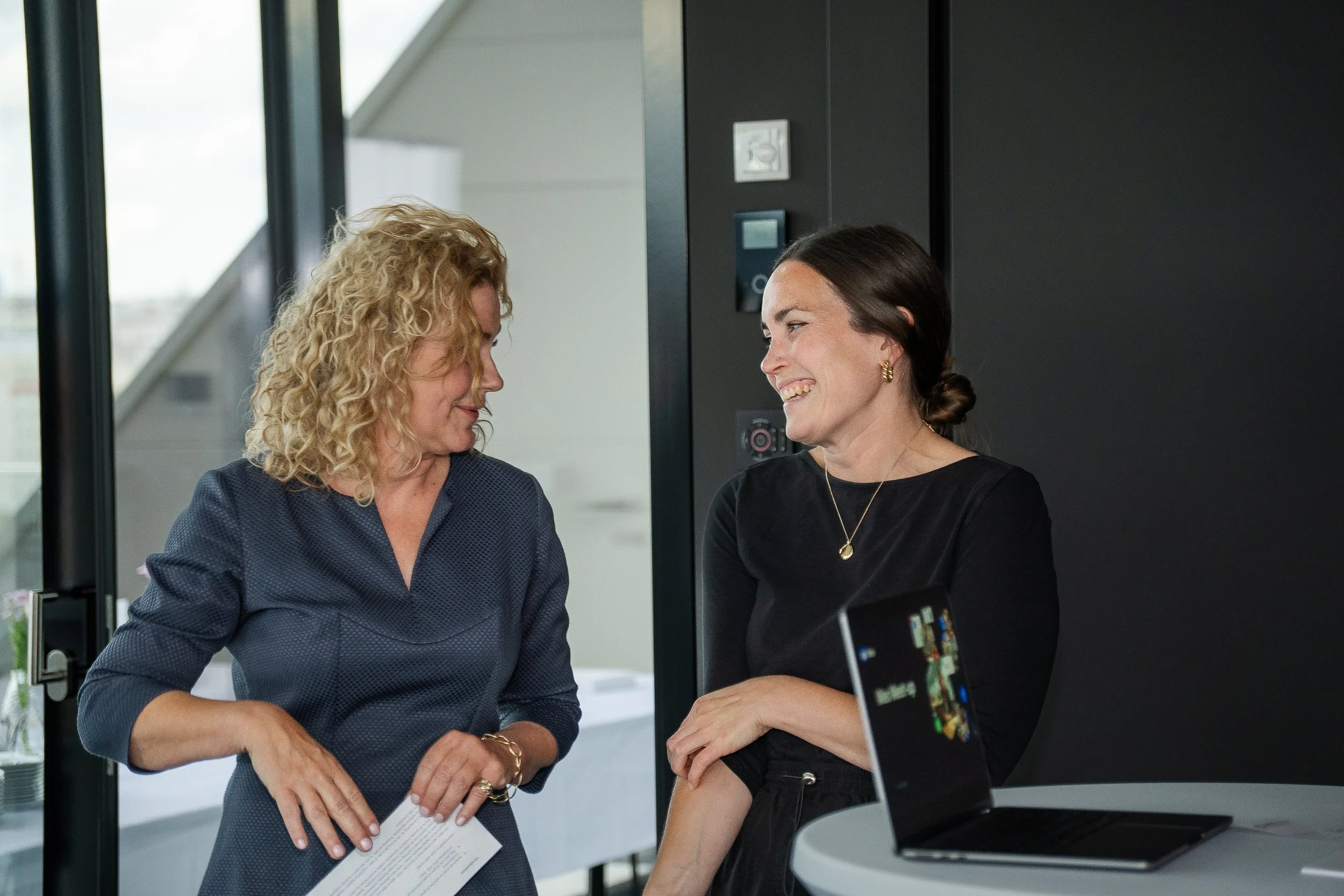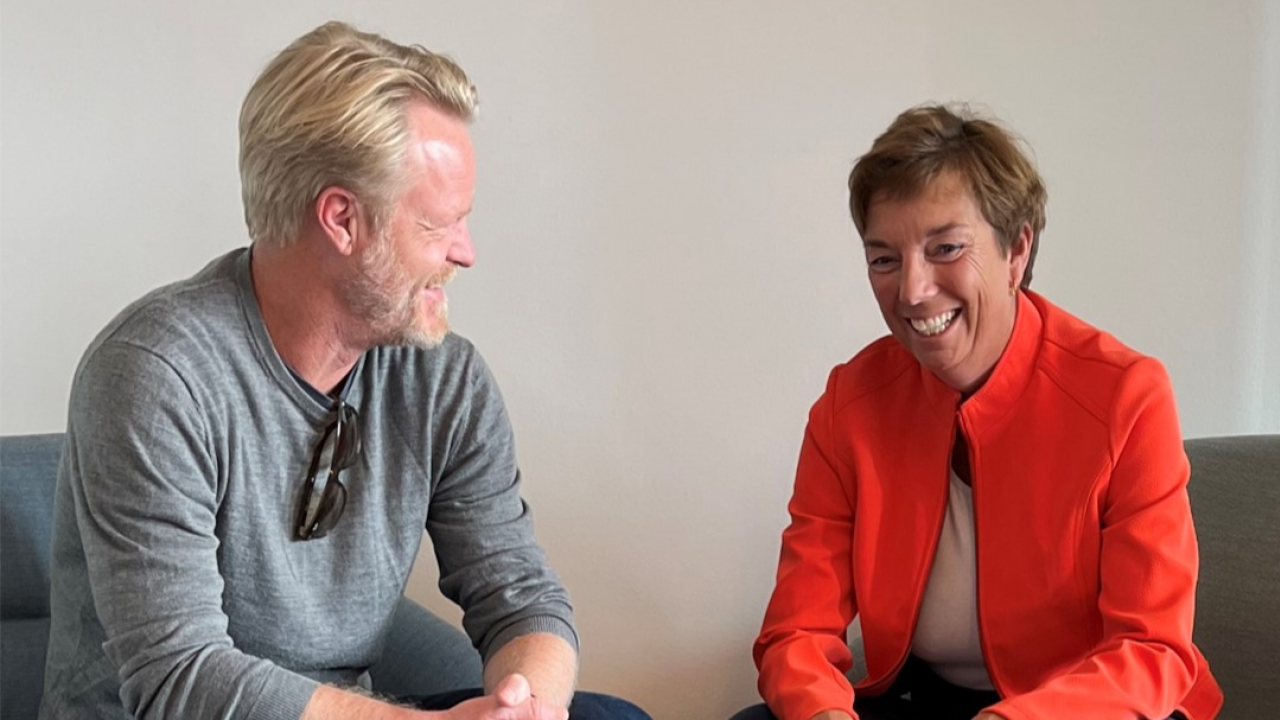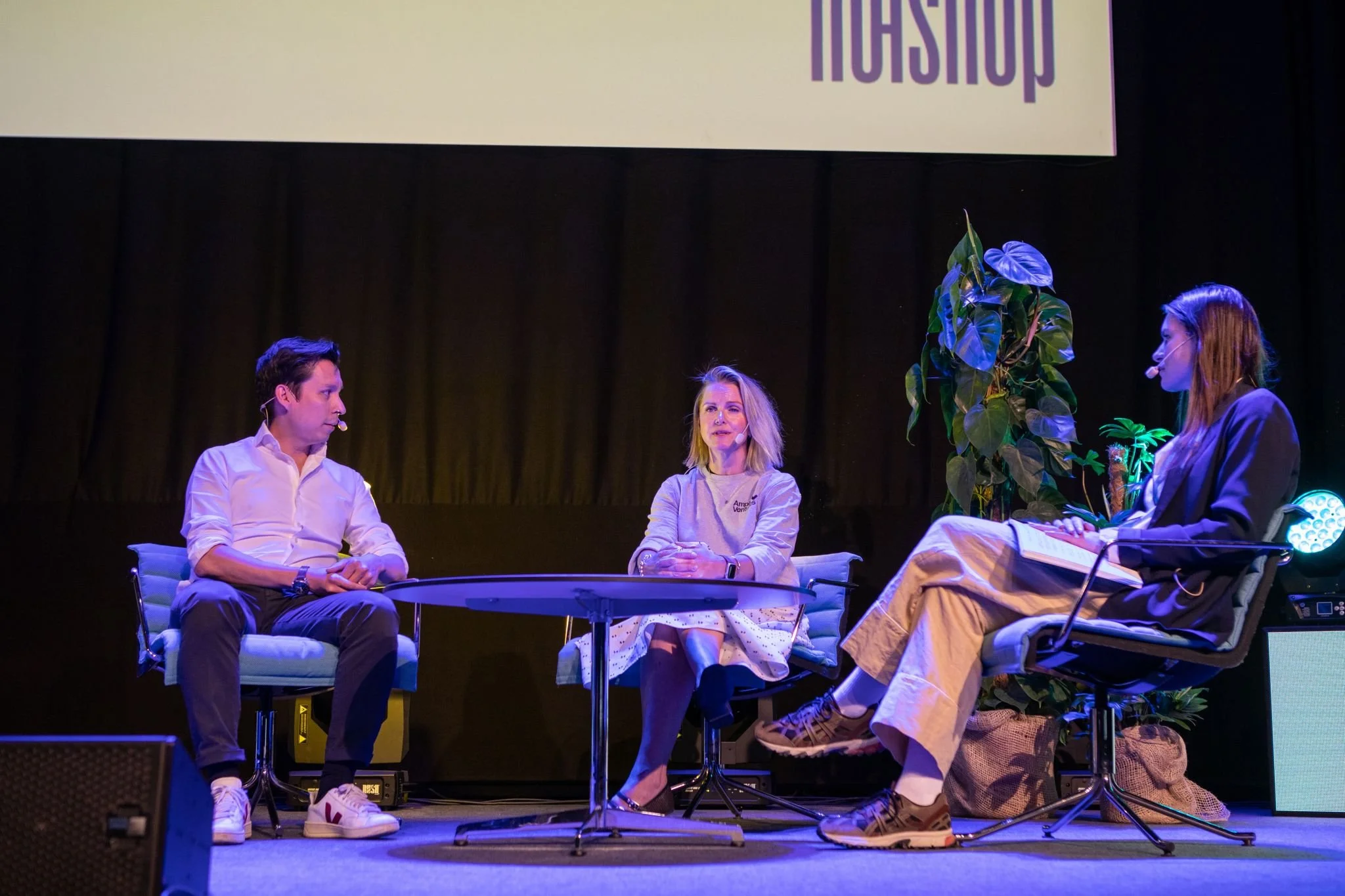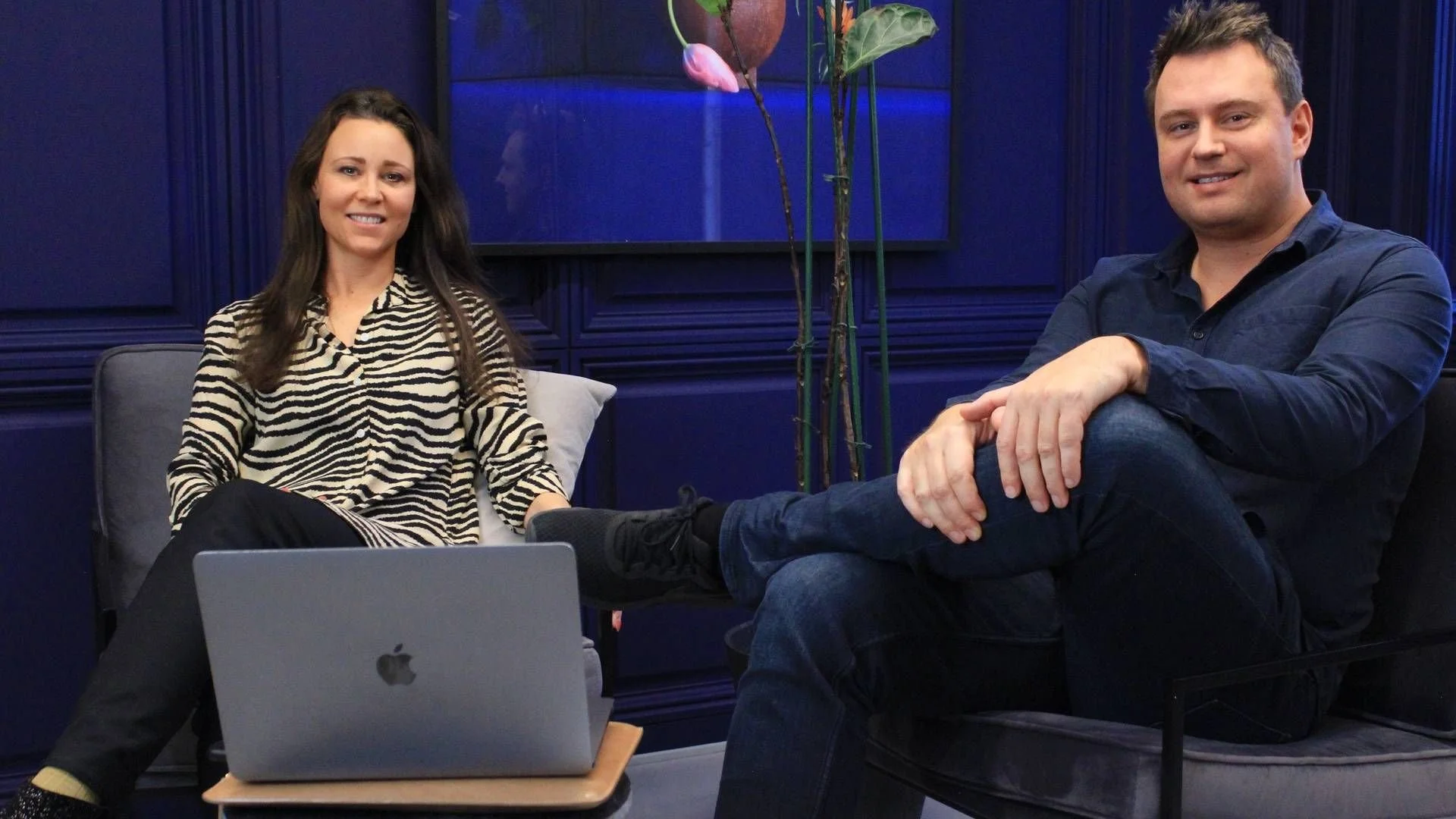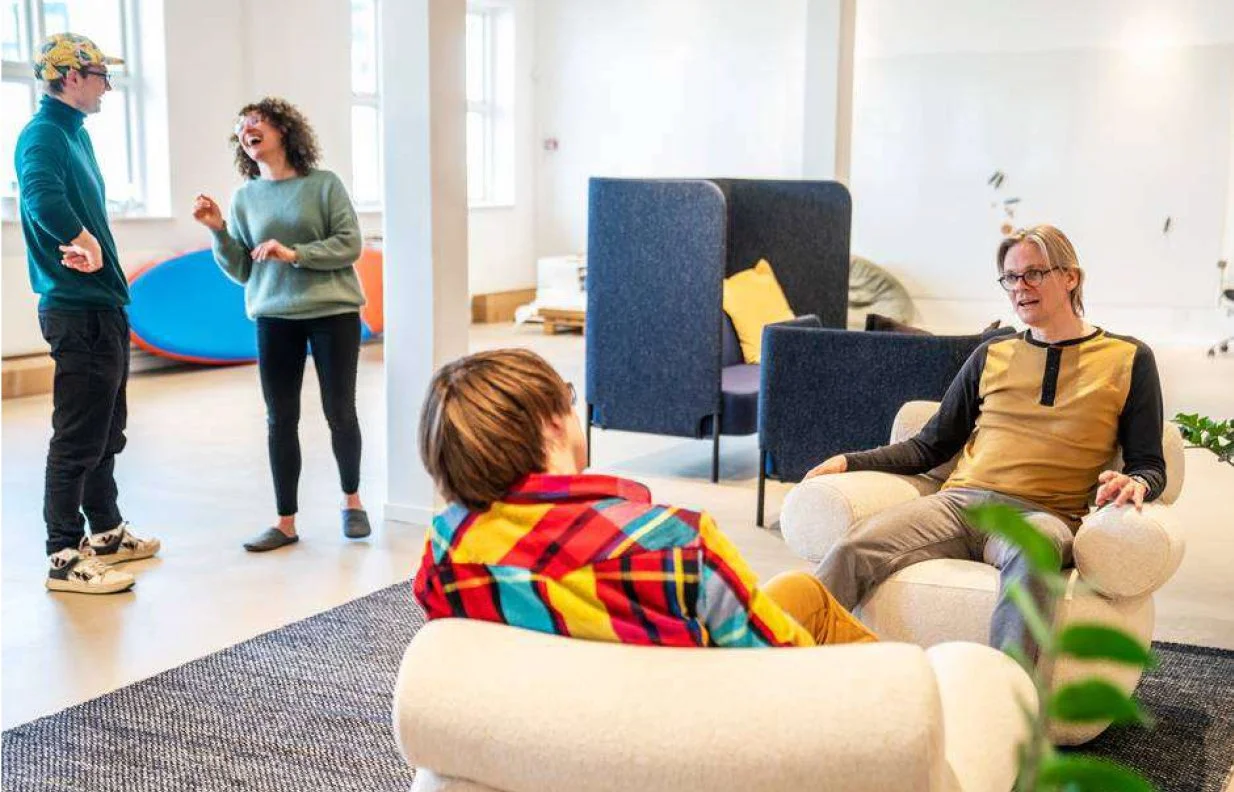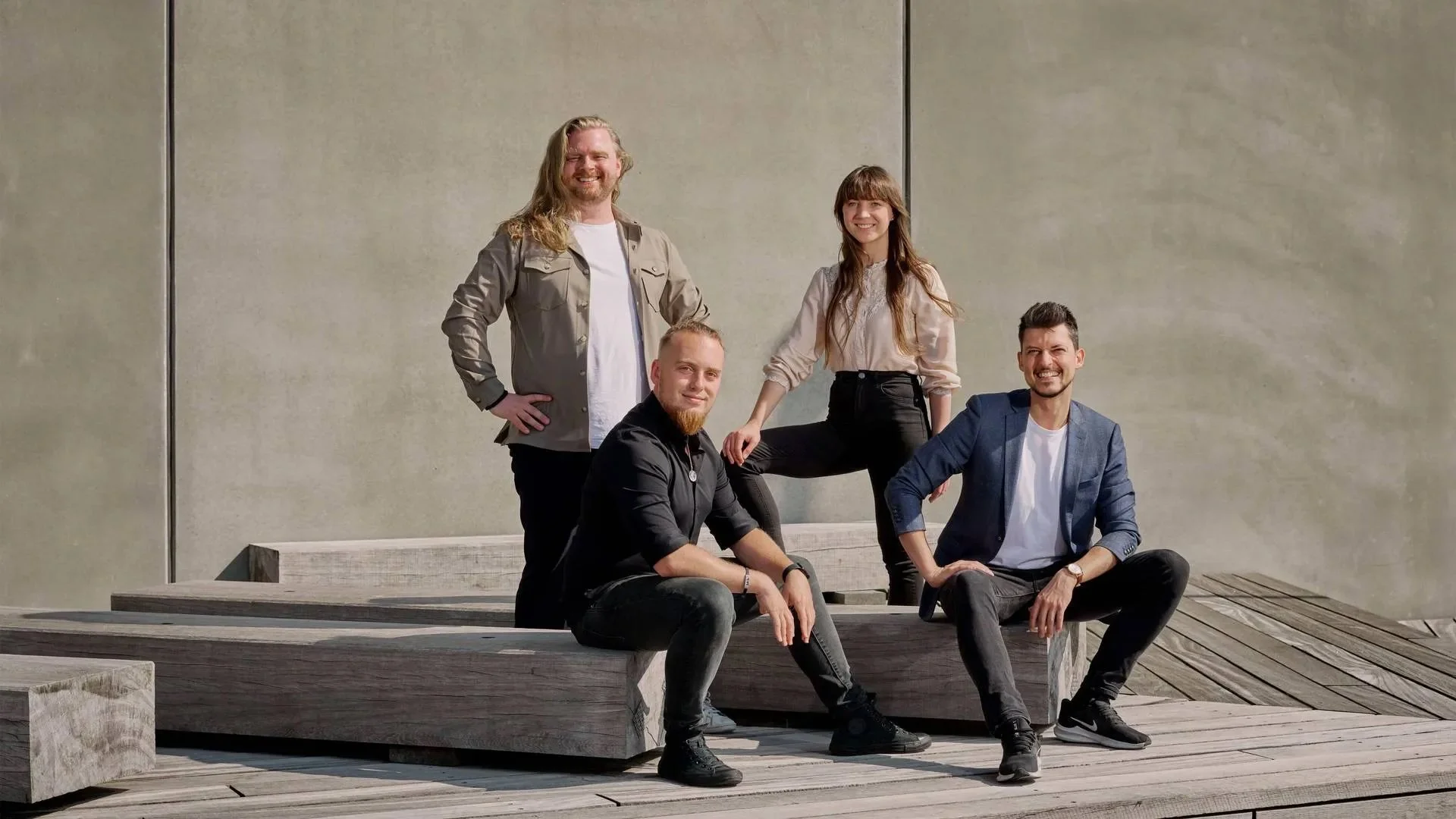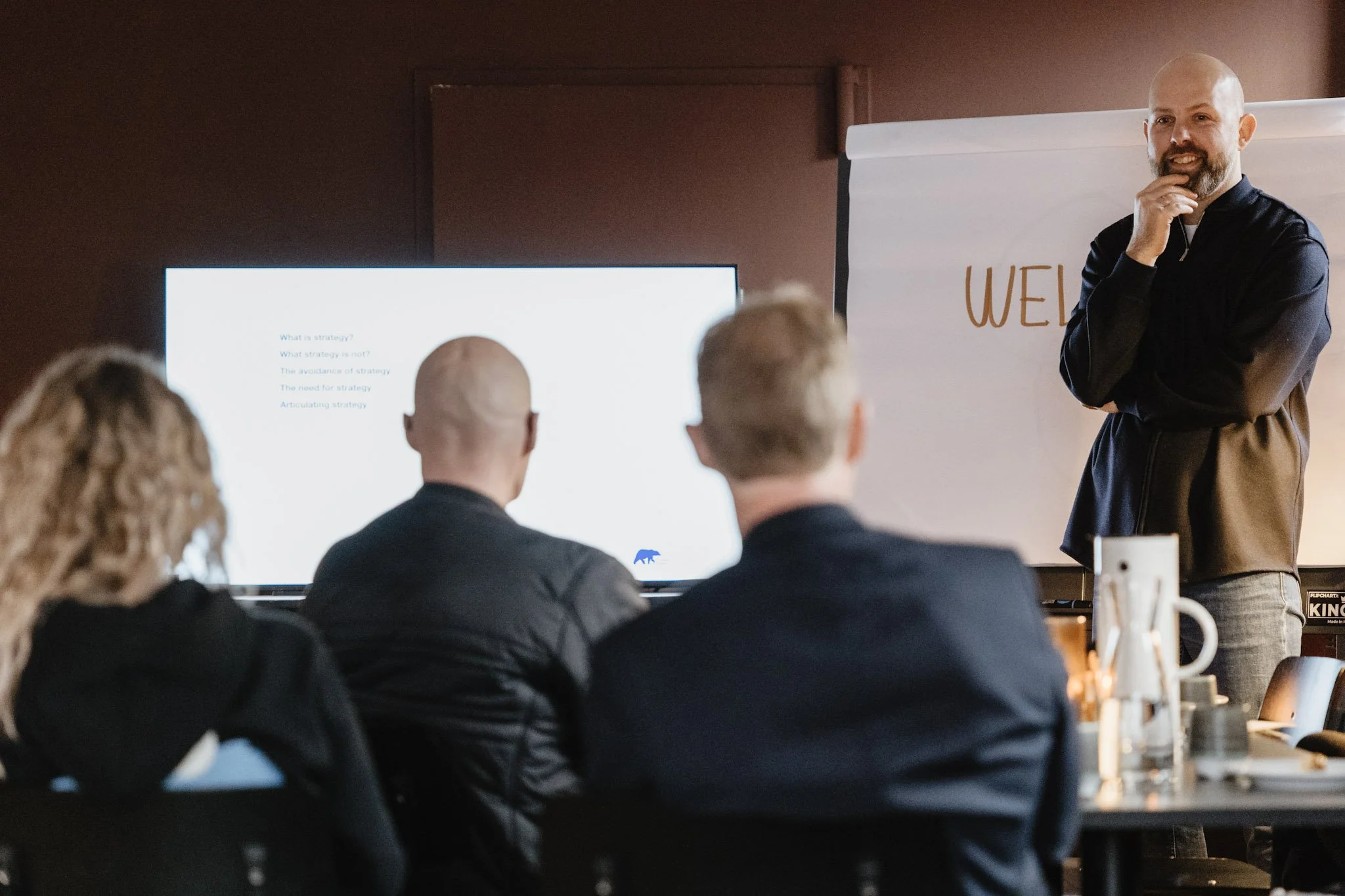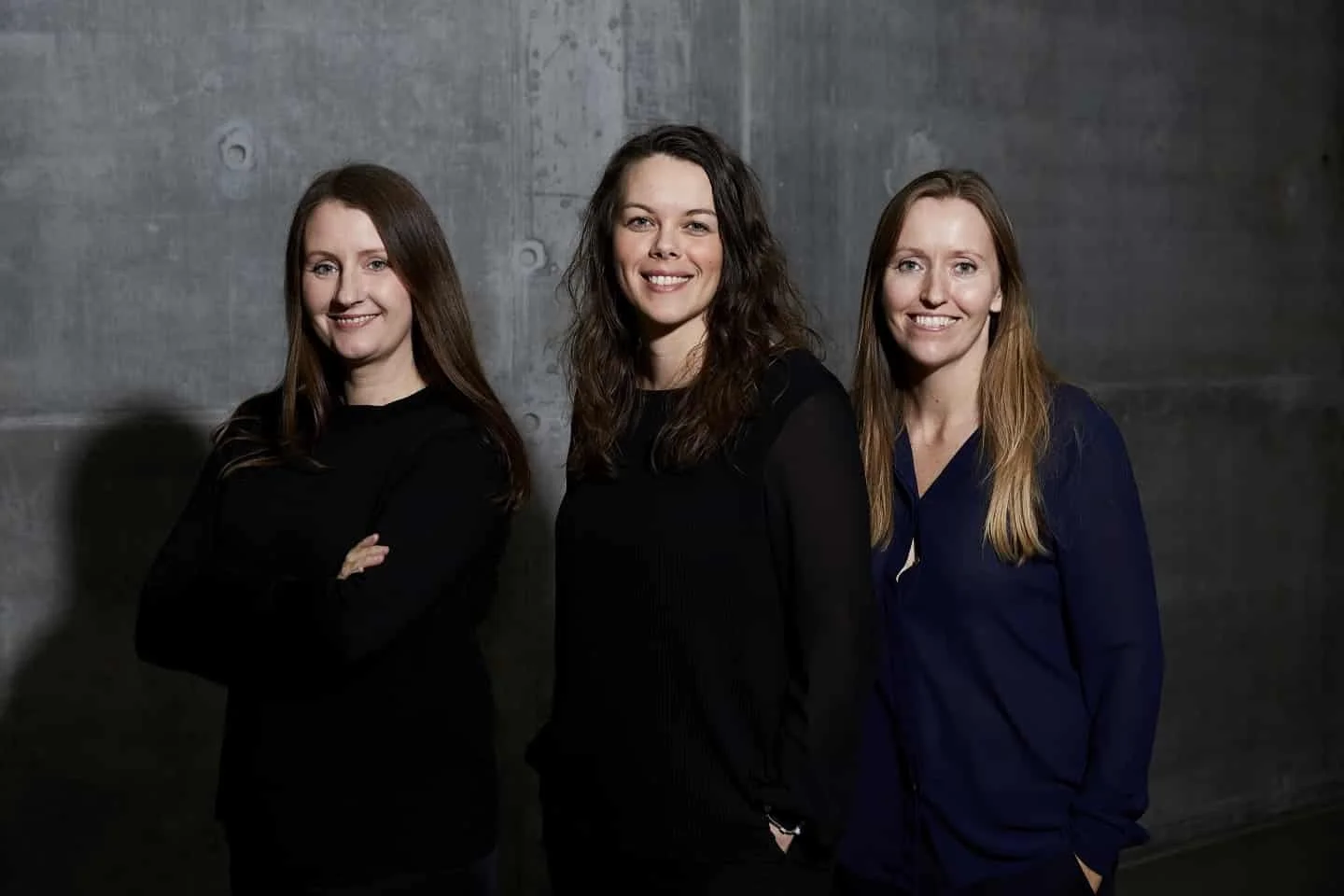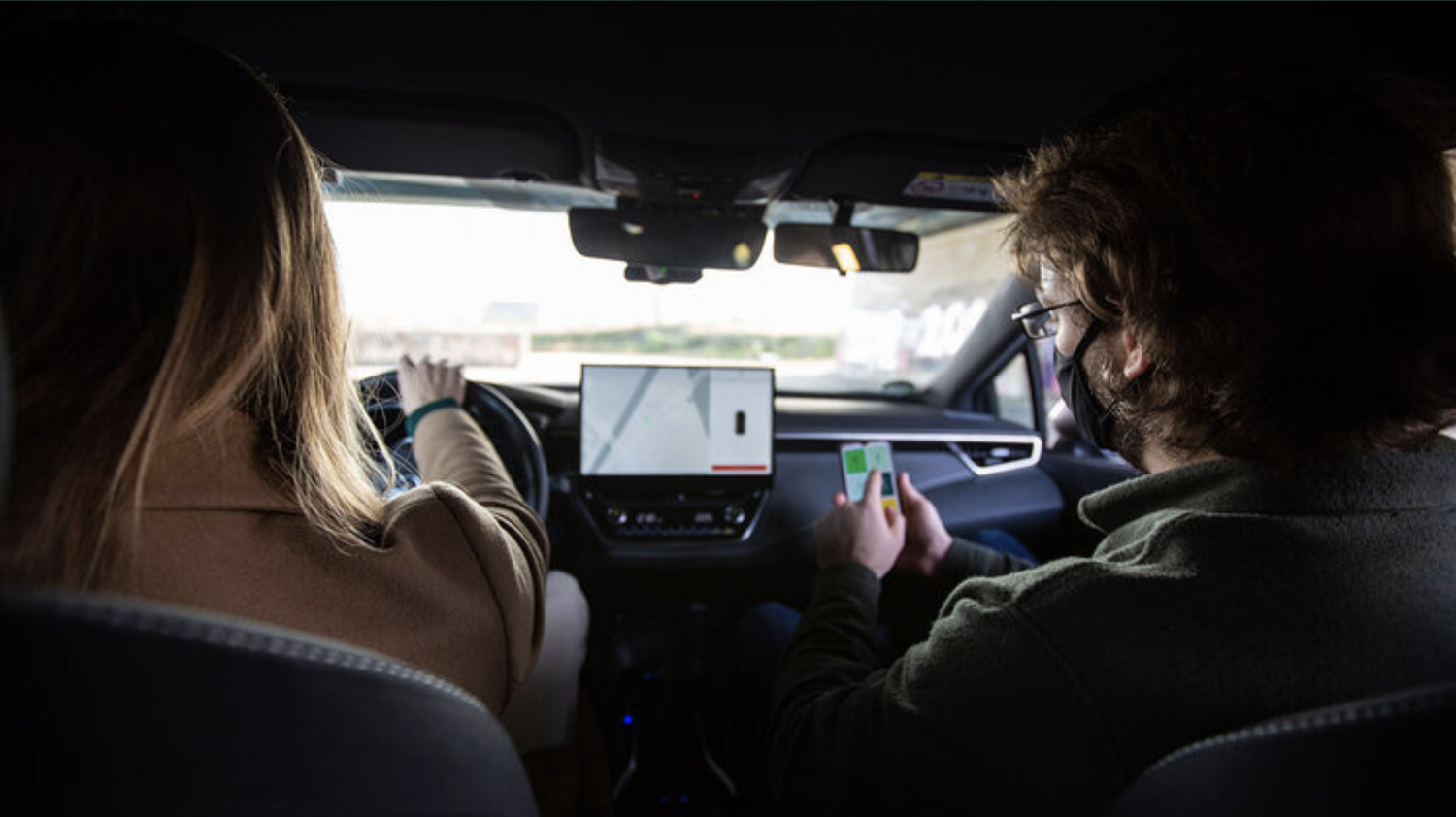BUILDING & SCALING YOUR GO-TO-MARKET PROGRAM WITH
The Go-to-Market Journey.
0. Build Your Program Hypothesis. Start Running Experiments!
Start with your gut-feeling - because it’s probably really good. Prioritise just a few channels (or even just one) and experiment to get real-world feedback from your ideal customer profile.
I. Program Pilot. Searching for Signals!
We’re looking for positive signals from ICPs, especially valuable but hard-to-measure qualitative feedback. E.g. On Linkedin it could be private messages, mentions, speaker invites or podcasts. It could also be comments in first sales calls, on content and in sharing copy. Initial experiments show positive signals from ICPs. Great! Before spending resources building and planning, let’s try again. Prove the same results 2-3-4 times.
II. Operationalise it - and train your team
Now is the time to hire. You know what type of candidate you need, how many and how to set it up. This is when you spend months finding out how to operationalise the learning you made through experimenting.
III. Scale Your Program
✓ You ran experiments on segments, channels and messaging
✓ You repeatedly found positive signals from ICPs
✓ You found out how to best put this program into operations
🏆 Now you’re ready to get volume and scale up your effort
340+
20+
350+
1500+
SPRINT SESSIONS.
LEADS ACQUIRED.
15+
GROWTH COMPANIES.
EXPERIMENTS RUN.
GO-TO-MARKET PROGRAMS.
Why Rapid Experimentation?
We use rapid experimentation to test hypotheses and find real-world feedback signals. Experiments should always be fast and replicable. Over time we accumulate signals that can turn into tactics and help you build compound growth over time.

We want to foster an enjoyable work culture that fuels creativity, collaboration, and experimentation. We believe that learning needs a daring and supportive work environment and that success will always be contingent on a fast learning curve.
— Pia Ella Elmegård, co-founder








